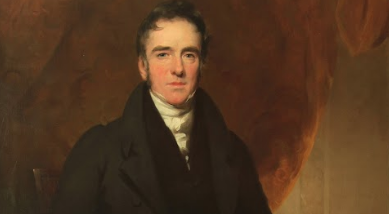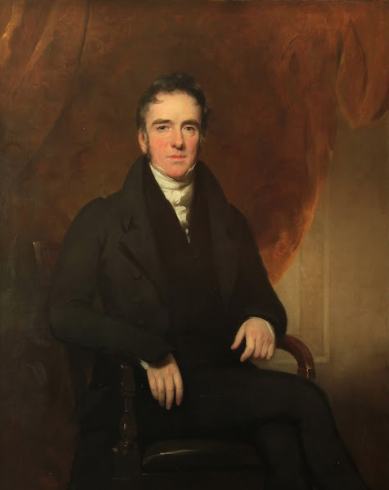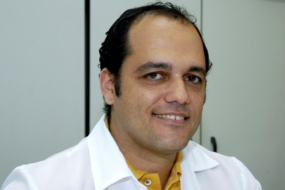
Scottish surgeon is one of the authors of the Monro-Kellie doctrine, scientific hypothesis concerning human intracranial pressure (ICP), enunciated in 1783 and revised only in the 21st century

Born in Leith, a seaport in the city of Edinburgh (Scotland), George Kellie (1770-1829) followed in the footsteps of his father, a physician, after a five-year apprenticeship with surgeon James Arrott. At age 20, he joined the British Navy as a surgeon and published his first scientific articles in the form of letters addressed to his father. In one such record, he reported the effects of compression of the arm by a self-applied tourniquet.
In 1796, Kellie described the anatomy of the shark for the Annals of Medicine, and the following year, he resumed observations on tourniquet compression. In 1802, he resumed activities as a doctor in Leith, while retaining his military ties, which earned him an appointment as surgeon to the Royal Leith volunteers.
Brain work
After publishing articles in the fields of medicine and surgery, Kellie was asked by local magistrates to try to explain the cause of death of two individuals found lying on their side after a storm. In the autopsy report, he highlighted the fact that the bodies’ meningeal veins and brain surface were clogged and the associated arteries were relatively bloodless, while their brains were normal. For him, the individuals’ cause of death was exposure, the result of a progressive condition linked to disordered cerebral circulation, starting with fatigue, then passing through drowsiness, coma and death.
Kellie continued her studies with a series of animal experiments—in which she studied the cerebral circulation of sheep and dogs immediately after induced death and exsanguination (drawing blood from the body or an organ). In many cases, he noted that as long as there was blood supply to tissues outside the skull, the brain was not affected, and blood volume was retained—at the same time, where the circulating blood volume was depleted, the circulating volume within the skull remained constant. .
Monro-Kellie Doctrine
The Monro-Kellie doctrine, the scientific hypothesis concerning human intracranial pressure (ICP), is Kellie’s most important legacy. His studies with cerebral circulation led him to share his authorship with his master and preceptor in anatomy Alexander Monro Secundus. The scientific hypothesis was stated in 1783 and only revised in the mid-21st century.
It proposes that an adult’s brain is hermetically sealed and incompressible, that is, it completely occupies a braincase and cannot be expanded. Furthermore, it suggests that the brain maintains a constant volume balance – thus, any increase in mass in the cranial constituent, formed by blood (10%), CSF (10%), and brain tissue (80%), is offset by a decrease in volume of another.
Unfolding
Monro, Kellie’s tutor, invited him to examine the brains of executed criminals and sent him descriptions of discoveries. In this work, Kellie highlighted the work of fellow physician John Abercrombie. The latter, in 1828, launched the book “The Pathological and Practical Research on Diseases of the Brain and Spinal Cord”, considered a watershed in neuropathology. This work linked the theories of Monro and Kellie, gave them credit for the scientific hypothesis, consolidating the Monro-Kellie Doctrine.
While still alive, Kellie gained recognition for his work, being elected in 1823 a member of the Royal Society of Edinburgh and appointed in 1827 President of the Medico-Chirurgical Society of Edinburgh and was succeeded in that position by John Abercrombie. He died after a faint in 1829 while returning home from seeing a patient.
Sources
Wikipedia
Neurointensivismo
Neuroliga2013 – Hipertensão intracraniana





